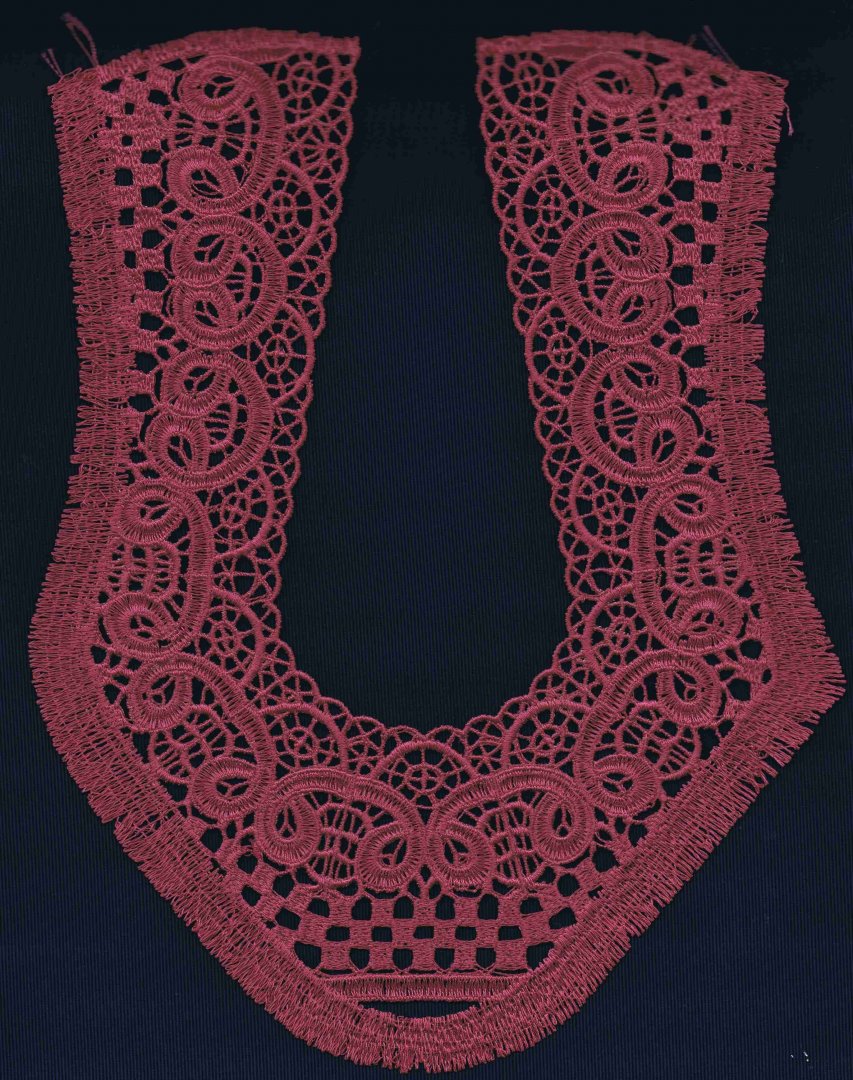The art of macramé between past, present and future
What is macramé embroidery? History and origins
Macramé is an art form that uses the knot as the basic element to create decorative textiles. Unlike other weaving techniques, macramé does not require the use of looms or other complex tools; all that is needed are the craftsman's hands and a strong rope.
The origins of macramé date back to the 13th century, with early records linking it to Arab weavers, who used the technique to create decorative bangs on curtains and clothing.
Over the centuries, macramé traveled through Europe, becoming popular among sailors who used it to create useful items during long sea voyages.
Macramé embroidery then experienced renewed interest in the 1970s, thanks to its ability to blend aesthetics and functionality together.

Macramé nowadays: an evolving art
Today, digital technologies such as computer-aided design and online tutorials make macramé accessible to a wider audience, facilitating the sharing of knowledge and inspiration among communities of enthusiasts around the world. These digital tools not only lower the barrier to entry for beginners, but also offer experienced crafters new ways to explore complex designs and advanced techniques.
The incorporation of macramé into interior design and fashion testifies to its relevance and versatility in a contemporary context. From elegant furniture pieces to refined fashion accessories, macramé is emerging as a distinctive design element that combines aesthetics and functionality. Personalization and uniqueness are at the heart of current trends, with consumers looking for products that reflect their individuality and values.
In addition, macramé is finding new applications in unexpected areas, such as architecture and urban design. Its decorative and artistic capabilities have been exploited to create art installations in public and private spaces, demonstrating its versatility and potential to transform environments.
Popular culture is also increasingly tending to incorporate the art of macramé, with events, workshops, and exhibitions celebrating this ancient technique.
The future of macramé
The art of macramé, with its ancient roots and rich history of evolution, continues to renew itself and adapt to contemporary trends. The fusion of tradition and innovation paves the way for new creative expressions and surprising applications of this technique. Sustainable materials, such as recycled yarn and natural biodegradable fibers, are becoming increasingly popular among macramé artisans, reflecting a growing interest in eco-friendly and conscious practices.
Macramé is set to continue to grow and develop. As it embraces the past with respect, macramé is preparing to define an even brighter future in the world of art and design.
Indeed, as technology and sustainability continue to shape the world around us, macramé is in an ideal position to thrive. The art of knots has demonstrated its resilience over the centuries, and this trend looks set to continue.
The art of macramé is creating new generations of enthusiasts who will allow this craft tradition to continue to thrive and evolve into the future.
Conclusion
Macramé is more than just a knotting technique; it is an art that embodies creativity, tradition and innovation.
The importance of keeping craft traditions alive while embracing the opportunities offered by new technologies and materials cannot be emphasized enough. Macramé, with its unique ability to combine the past with the present, continues to enchant and inspire, proving that the art of weaving still has much to offer the modern world.